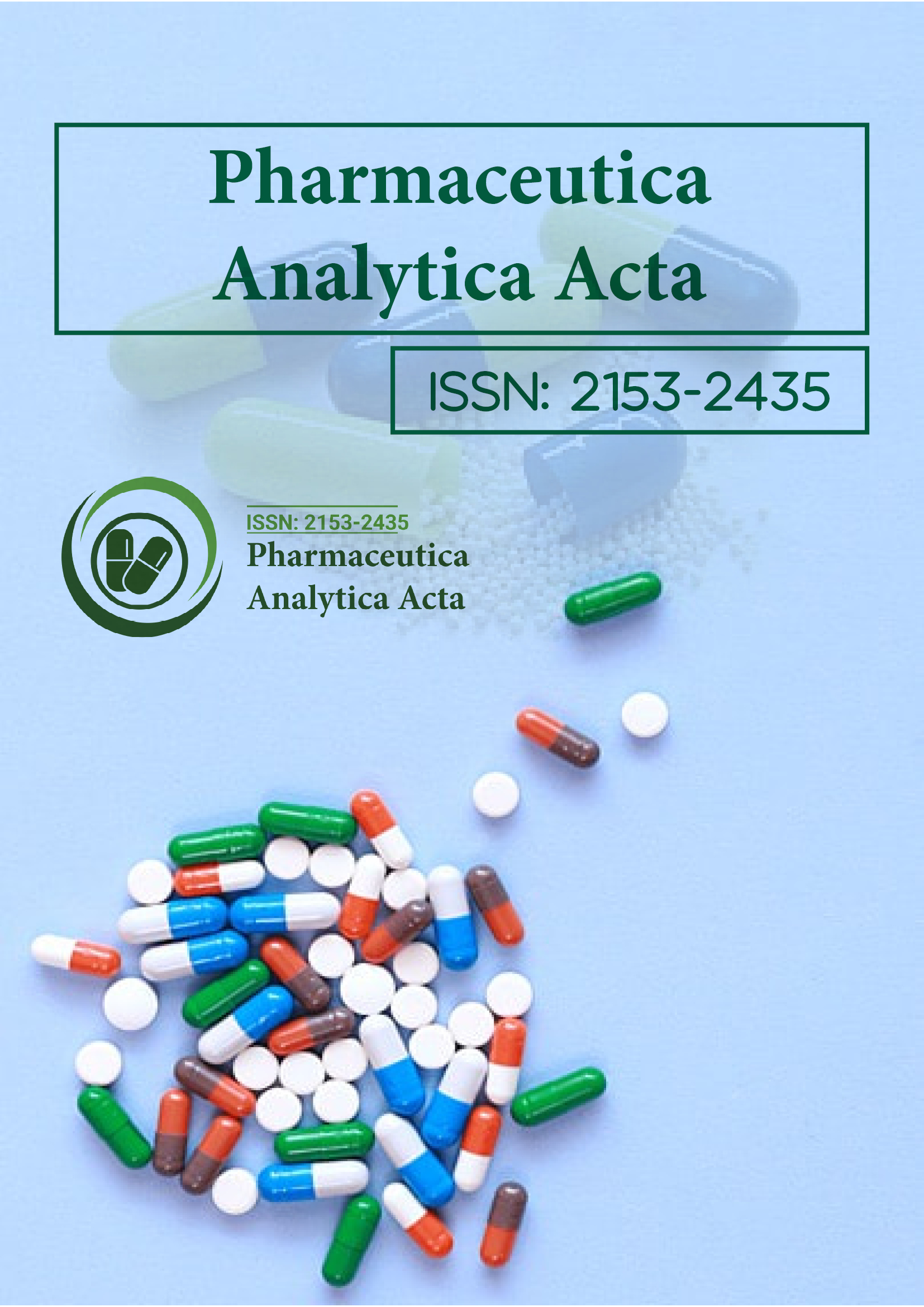インデックス付き
- Jゲートを開く
- Genamics JournalSeek
- アカデミックキー
- ジャーナル目次
- グローバル インパクト ファクター (GIF)
- 中国国家知識基盤 (CNKI)
- ウルリッヒの定期刊行物ディレクトリ
- レフシーク
- ハムダード大学
- エブスコ アリゾナ州
- OCLC-WorldCat
- パブロン
- ジュネーブ医学教育研究財団
- ユーロパブ
- Google スカラー
このページをシェアする
ジャーナルチラシ

概要
モロッコの七面鳥肉における大腸菌と黄色ブドウ球菌の蔓延と抗生物質検査
エル・アラウイ・アブデラ、ラージ・フィラリ・フージア、オウモクタール・ブシュラ
この研究では、モロッコのメクネス市のさまざまな店で販売されている七面鳥肉の微生物学的品質の調査を提示し、食中毒の発生について顧客に警告するために分離された黄色ブドウ球菌と大腸菌株の抗菌薬耐性を検査します。大衆市場24か所、職人の屠殺場24か所、養鶏店24か所、スーパーマーケット24か所を含む、さまざまな店でランダムに採取された96のサンプル。微生物学的基準によると、サンプルの83.3%が大腸菌の基準を満たしていませんでした。スーパーマーケット、養鶏場、職人の屠畜場、および大衆市場の店舗から購入したサンプルのそれぞれ 95.8%、33.3%、41.6%、41.6% は、S. aureusの観点から満足のいく品質を示し、そのうち 8.3% (96 件中 8 件) のサンプルは、 S. aureusの濃度が 5 log10 υfc/g を超えたため、食中毒に関係している可能性があります。スーパーマーケットでのE. coliおよびS. aureusの汚染レベルは、他の場所と比較して有意に低いことが記録されました (p<0.05)。検査した
40の大腸菌のうち、最も耐性が高かったのはアモキシシリン-クラブラン酸(80%)で、次いでノルフロキサシン(67.5%)、セファロチン(65%)、ナリジクス酸(62.5%)、アンピシリン(52%)、トリメトプリム/スルファメトキサゾール(42.5%)、シプロフロキサシン(40%)、セフォキシチン(35%)、セフタジジム(32.5%)、アミカシン(15%)の順であった。エルタペネム、アズトレオナム、ゲンタマイシンに対する耐性率は低かった(5~12.5%)。S. aureusでは、テイコプラニン(67.5%)、テトラサイクリン(40%)、バンコマイシン(30%)の抗菌薬に対する耐性率が最も高かった。
家禽の死体表面に存在する細菌量は、その死体が調理、保管、輸送、販売される際の一般的な衛生状態を反映しています。これらのデータから、小売り七面鳥肉から回収された大腸菌と黄色ブドウ球菌の分離株が複数の抗菌剤に耐性があり、食品を通じて人間に感染する可能性があることも明らかになりました。